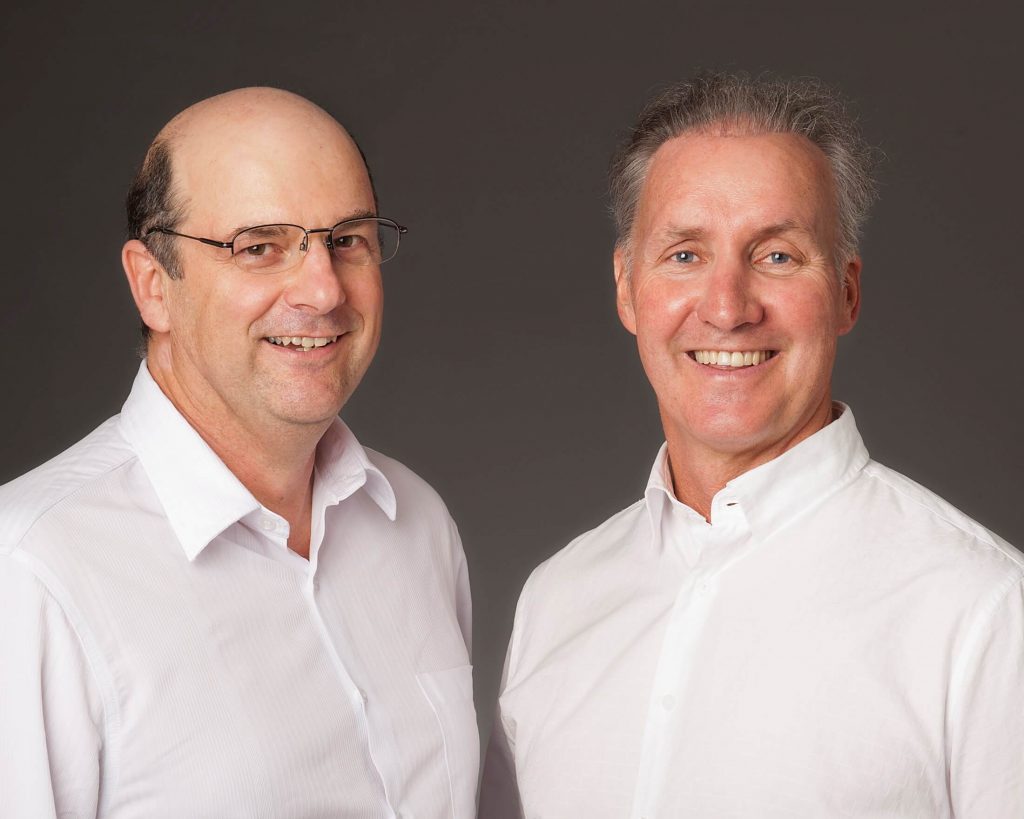The History of Depression: The Term ‘Depression’ Through Time

Terminologies in the History of Depression: Naming the Despair
Key Takeaways:
- Terminology Evolution: Depression’s terms have evolved, reflecting changing societal attitudes and medical understanding.
- Historical Context: Each term reflects contemporary views on medicine, physiology, and behavior, showcasing the ongoing evolution of mental health comprehension.
- Complexity Highlighted: Depression’s elusive nature persists, necessitating continuous research and dialogue for better understanding and treatment.
- Brain-Fuel Depletion Model: Offers a holistic framework, moving beyond simplistic views to consider emotional and physiological factors for personalized treatment.
- Effective Treatment: The model provides a clear pathway for targeted interventions, addressing individual needs where traditional approaches may fall short.
The History of Depression is long and throughout history, humans have suffered mental health issues and ‘depression’ has existed as an enigma—consistently present, yet ever elusive in its definition. This complex mental health condition has undergone multiple metamorphoses in nomenclature, each reflecting the evolving understanding and societal attitudes toward this multifaceted disorder. These varying titles, from ‘sloth’ and ‘melancholia’ in ancient times and ‘neurasthenia’ during the 19th century, underscore the challenge of pinning down a condition that manifests with such a broad spectrum of symptoms.
The Greeks provided an early marker in the history of depression by identifying this inexplicable sadness as “melancholia.” Hippocrates, esteemed as the father of Western medicine, believed it was caused by an imbalance of ‘humours.’ We’ve evolved past the notion of depression resulting from too much black bile, but such terminology from our past underscores that depression extends beyond mere sadness.
Come the 19th century, during the progression of the history of depression, the term ‘neurasthenia’ was introduced by American neurologist George Miller Beard. Defined as a nerve weakness, symptoms spanned fatigue, anxiety, headache, and more. This label, though now outdated, mirrors a budding yet piecemeal grasp of mental health, linking emotional strains to a supposed nerve weakness.
Progressing to the 20th century, post-World War II witnessed changes in the history of depression with the emergence of terms like ‘nervous breakdown’, and subsequently “clinical depression.” The birth of psychotropic medicines and psychotherapy ushered in a deeper understanding. However, even the Diagnostic and Statistical Manual of Mental Disorders (DSM), which classifies these disorders, has continuously reshaped its definition. Each alteration aims to encompass the vast symptoms, from emotional to physical.
This evolving lexicon around the history of depression isn’t merely semantic. Each term for depression was framed by its contemporary understanding of medicine, physiology, and human behavior. While terms like “melancholia” and “neurasthenia” might now seem archaic or overly broad, they serve as historical landmarks that track our developing but still incomplete understanding of what depression is.
What remains consistent is depression’s elusive nature. The current term, “Major Depressive Disorder,” encapsulated in the DSM-5, outlines specific criteria that must be met for diagnosis, yet even this is met with debates and calls for refinement. And as our knowledge grows, particularly in the realm of neuroscience and genetics, who’s to say what new terminology might emerge?
In summary, the ever-changing nomenclature for depression is not just a lesson in the history of depression or linguistics; it’s a mirror reflecting our continually evolving understanding of mental health. This constant renaming and redefining serves as a testament to depression’s complexity, reinforcing the urgency and necessity for continued research and dialogue. It’s a call to action for professionals and society alike to strive for a more holistic and precise understanding of this intricate condition.
The Brain-Fuel Depletion Model: A Comprehensive Framework for Understanding the History of Depression
Studying the history of depression can provide valuable lessons for contemporary mental health professionals.
After centuries of evolving terminology and fragmented understanding, it’s imperative to present a framework that does justice to the complexity of depression. The Brain-Fuel Depletion model, developed by Peter Symons and Dr Clyde Jumeaux, rises to this challenge by offering a nuanced yet accessible approach for understanding and addressing depression.
The crux of the Brain-Fuel Depletion model is that the brain, much like any other organ, requires specific “fuels” for optimal function. When these fuels are depleted, due to a variety of potential causes, individuals experience symptoms that may resemble or contribute to conditions like depression and anxiety. Importantly, this model moves beyond the one-size-fits-all diagnosis that often pigeonholes patients into generic treatment plans.
In contrast to traditional models, which often solely focus on neurotransmitter imbalances or cognitive behavioral factors, the Brain-Fuel Depletion model captures a broader range of elements, from emotional to physiological. This makes it a powerful tool for providing relief to those who have been mislabeled, misunderstood, or simply not helped by existing medical approaches.
In a field where terminology has so often fallen short, and where countless individuals continue to struggle with a condition that’s as debilitating as it is misunderstood, the Brain-Fuel Depletion model stands as an achievement in clear thinking. It’s not just another term; it’s a comprehensive framework for understanding a condition that’s long eluded categorization, providing a much-needed path for targeted, effective treatments.
FAQs:
- Why does depression terminology change?
- Answer: Terminology evolves with our understanding of mental health, reflecting changes in societal attitudes and medical knowledge.
- What sets apart the Brain-Fuel Depletion model?
- Answer: It considers a wide range of emotional and physiological factors, offering a holistic approach for personalized treatment, unlike traditional methods.
- How does the Brain-Fuel Depletion model improve treatment?
- Answer: By targeting individual needs, it enhances treatment effectiveness, especially for those previously mislabeled or misunderstood by generic approaches.
If you are feeling stressed, anxious or depressed there is help available. Visit https://checkpointorg.com/global/ for more information about support services near you.
Read more about Brain-Fuel Depletion, watch the documentary, get free chapters, or purchase the book.

